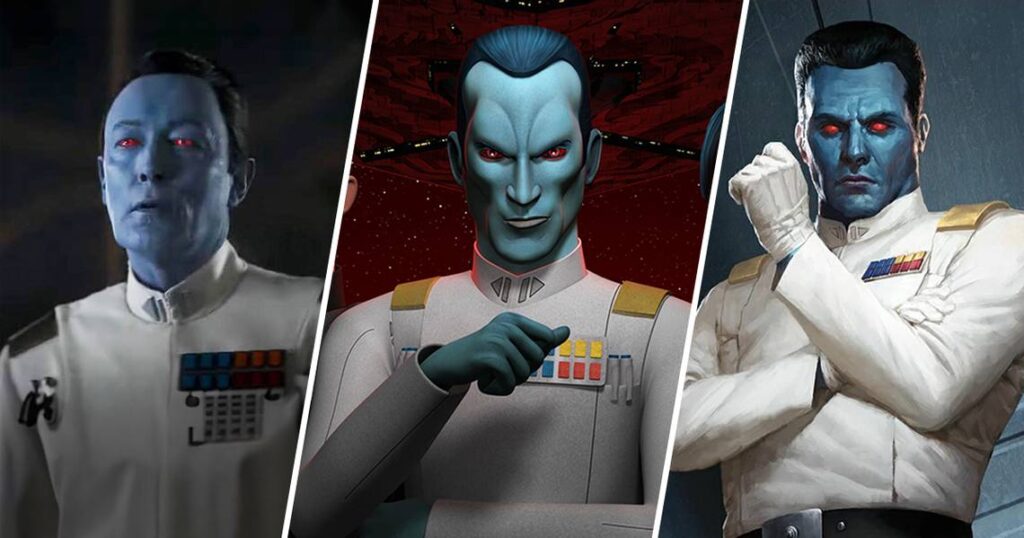Transmedia Storytelling was discussed by Henry Jenkins in his 2006 book, Convergence culture: Where old and new media collide: “A transmedia story unfolds across multiple media platforms, with each new text making a distinctive and valuable contribution to the whole”. (p. 97-98).
Jenkins discusses how The Matrix (Wachowski & Wachowski, 1999), The Matrix: Reloaded (Wachowski & Wachowski, 2003a), and The Matrix Revolutions (Wachowski & Wachowski, 2003b) were one of the first examples of such storytelling, as to fully understand the subtle, but critical, details of the films, viewers would have to also see The Animatrix (Chung, Jones & Kawajiri, 2003), play the video game Enter the Matrix (Wachowski & Wachowski, 2003c) and read the accompanying books and comics.
Using this method of storytelling may cause more confusion than immersion, however. “Critical reception of the films focused on the tangled narrative, apparent plot holes, undeveloped tangents, and shallow characters” (Elkington, 2009, p. 220) with audiences being left confused if they are not fully immersed.

Whilst discussing a negative viewpoint of the Harry Potter film series, Berit Kjos shows another example of intertextuality:
Aplication and Analysis
An example of transmedia storytelling in recent years is that of the Star Wars character Mitth’raw’nuruodo (Thrawn). Before Disney bought Lucasfilm, the character had been well developed in several novels by its creator / author, Timothy Zahn, but had never appeared within the Star Wars Cinematic Universe. When the buyout happened, Disney drew a line between the Star Wars films and the many novels which expanded the stories (literally called the ‘Expanded Universe’). This enabled a continuity between Star Wars Episode VI: Return of the Jedi (Marquand, 1983) and Star Wars Episode VII: The Force Awakens (Abrams, 2015). (For example, in the expanded universe, Chewbacca had been killed off, Luke Skywalker had married the Emperor’s ‘hand’, and Leia became a Jedi – all three detailed storylines which would break the continuity in The Force Awakens).


Another example is a relationship between Star Wars: The Last Jedi (Johnson, 2017) and Star Wars: Battlefront II (DICE, 2017). In a cutscene in Battlefront II, you see Luke Skywalker collecting a device which is revealed to be a key plot element of The Last Jedi. Watching The Last Jedi without this context leaves questions as to how the character obtained it – those questions of course answered with knowledge of the video game.
- Abrams, J. J. (Director). (2015). Star Wars Episode VII: The Force Awakens [Film]. Lucasfilm.
- [Convergence Culture (Jenkins, 2006) cover]. (n.d.). Retrieved 25 January 2025, from http://henryjenkins.org/aboutmehtml
- Chung, P., Jones, A. R., & Kawajiri, Y. (Directors). (2003). The Animatrix [Film] DNA Productions.
- DICE. (2017). Star Wars: Battlefront II [Microsoft Windows, Playstation 4, Xbox One]. Electronic Arts. https://www.ea.com/en-gb/games/starwars/battlefront/star-wars-battlefront-2
- Elkington, T. (2009). Too Many Cooks: Media Convergence and Self-Defeating Adaptations. In B. Perron & M. J. P. Wolf (Ed.), The Video Game Theory Reader 2 (pp.213-235). Routledge.
- [Examples of Transmedia Storytelling through The Matrix]. (n.d.). Retrieved 25 January 2025, from https://images.app.goo.gl/Y7YeX4gcbWb7vr5v9
- Filoni, D. (Executive Producer). (2014-2018). Star Wars: Rebels [TV Series]. CGCG Inc. (I).
- Filoni, D. (Executive Producer). (2023-present). Ahsoka [TV series]. Golem Creations; Lucasfilm.
- Jenkins, H. (2006). Convergence culture: Where old and new media collide. New York University Press.
- Johnson, R. (Director). (2017). Star Wars Episode VIII: The Last Jedi [Film]. Lucasfilm.
- [Lars Mikkelsen as Thrawn in Ahsoka (Filoni, 2023-) (left); Thrawn in Star Wars: Rebels (Filoni, 2014-2018), voiced by Mikkelsen (center); illustration of the character from Timothy Zahn’s Thrawn novels. (Right).]. (n.d.). Retrieved 25 January 2025, from https://movieweb.com/why-grand-admiral-thrown-is-one-of-the-most-terrifying-star-wars-villains
- [Luke Skywalker in Star Wars: Battlefront II (DICE, 2017)]. (n.d.). Retrieved 25 January 2025, from https://images.app.goo.gl/zRi5cZXF33dWihYa6
- Marquand, R. (Director). (1983). Star Wars Episode VI: The Return of the Jedi [Film]. Lucasfilm.
- Van Zoonen, L. (2017). Intertextuality. In Rössler, P., Hoffner, C. and L. van Zoonen.(eds). The International Encyclopedia of Media Effects. Wiley-Blackwell. DOI: 10.1002/9781118783764
- Wachowski, L. & Wachowski, L. (Directors). (1999) The Matrix [Film]. Warner Bros.
- Wachowski, L. & Wachowski, L. (Directors). (2003a) The Matrix: Reloaded [Film]. Warner Bros.
- Wachowski, L. & Wachowski, L. (Directors). (2003b) The Matrix: Revolutions [Film]. Warner Bros.
- Wachowski, L. & Wachowski, L. (2003c). Enter the Matrix (Playstation 2) [Video game]. Infogrames.
- Zahn, T. (2017). Thrawn. Del Rey.
- Zahn, T. (2018). Thrawn: Alliances. Del Rey.
- Zahn, T. (2019). Thrawn: Treason. Del Rey.
APA7
Cable, J. (2025, Feb 25). Transmedia Storytelling – Henry Jenkins. JCableMedia.com. [permalink].
Chicago
Cable, John. “Transmedia Storytelling – Henry Jenkins.” JCableMedia.com. February 25, 2025. [permalink].
Harvard
Cable, J. (2025). Transmedia Storytelling – Henry Jenkins. Available at: [permalink] (Accessed: 24 November 2025).